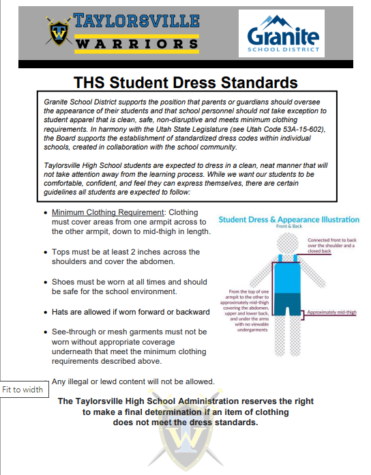Can Exercising Not Only Make Your Body Fit But Your Brain As Well?
September 13, 2022
Have you ever thought that exercising can help you more than just making you fit? Exercising has been proven to help brain function, memory improves, lowers the rate of depression and anxiety, ect. According to the CDC “Physical activity can improve your cognitive health—helping you think, learn, problem-solve, and enjoy an emotional balance. It can improve memory and reduce anxiety or depression. But you don’t have to be a fitness guru to reap the benefits. Any amount of physical activity can help. No matter your age or fitness level, physical activity can help improve sleep, brain health, and quality of life.” Physical activity can look like many different things you don’t strictly have to go to the gym to get physical activity in. Physical activity can look like walking around your neighborhood, going on a hike, playing a sport, playing outside with your dog. As long as you are moving and feeling your heart rate go up that is considered physical activities. Every little bit counts!
Healthy Brain
How does physical activity help your brain? An article by Grace McGregor for the BYU College of life Science states, “Exercise improves memory by increasing molecular targets like the brain-derived neurotrophic factor (BDNF). This molecular factor increases synaptogenesis, forming new synapses that mediate learning and memory, making it easier to absorb information and form long-term memories. The more BDNF, the more the memory improves in function and capacity. If you aren’t motivated to work out, consider how priceless your memories are and start moving to preserve them.” In more simple words physical activity helps with promoting cardiovascular health, Improving blood flow to the brain, reducing inflammation, and lowering levels of stress hormones. All of these factors can adversely affect your cognition.
Eating Healthy
According to Health from Havard, “Exercising starts a biological cascade of events that results in many health benefits, such as protecting against heart disease and diabetes, improving sleep, and lowering blood pressure. High-intensity exercise releases the body’s feel-good chemicals called endorphins, resulting in the “runner’s high” that joggers report. But for most of us, the real value is in low-intensity exercise sustained over time.” Exercising not only makes you fit both mentaly and physically but it keeps you very healthy from many different diseases. It helps you fight off sickness because your body won’t have to work as hard and has all the strength it needs. Along with having some physical activity you should choose to have a balanced diet as well, this includes: “making most of your meal vegetables and fruits – ½ of your plate. Aim for color and variety, and remember that potatoes don’t count as vegetables on the Healthy Eating Plate because of their negative impact on blood sugar. Go for whole grains – 1⁄4 of your plate. Whole and intact grains—whole wheat, barley, wheat berries, quinoa, oats, brown rice, and foods made with them, such as whole wheat pasta—have a milder effect on blood sugar and insulin than white bread, white rice, and other refined grains. Protein power – 1⁄4 of your plate. Fish, poultry, beans, and nuts are all healthy, versatile protein sources—they can be mixed into salads, and pair well with vegetables on a plate. Limit red meat, and avoid processed meats such as bacon and sausage. Healthy plant oils – in moderation. Choose healthy vegetable oils like olive, canola, soy, corn, sunflower, peanut, and others, and avoid partially hydrogenated oils, which contain unhealthy trans fats. Remember that low-fat does not mean “healthy.” Drink water, coffee, or tea. Skip sugary drinks, limit milk and dairy products to one to two servings per day, and limit juice to a small glass per day. Stay active. The red figure running across the Healthy Eating Plate’s placemat is a reminder that staying active is also important in weight control.” The Havard healthy eating plate is an excellent place for advice on what a balanced diet looks like.
Habits
Students don’t have the best eating habits because they are always on the go. It is easy to just stop at Mcdonalds or Chick-fil-a so this is why the Havard healthy plate has great advice for what you should be getting in every meal. Overall, physical activity and a balanced diet will help you become mentaly and physically strong. Many things can help you with your brain or make you fit but regular movement will help you be more aware of things and can help your brain and body function to its highest potential.














